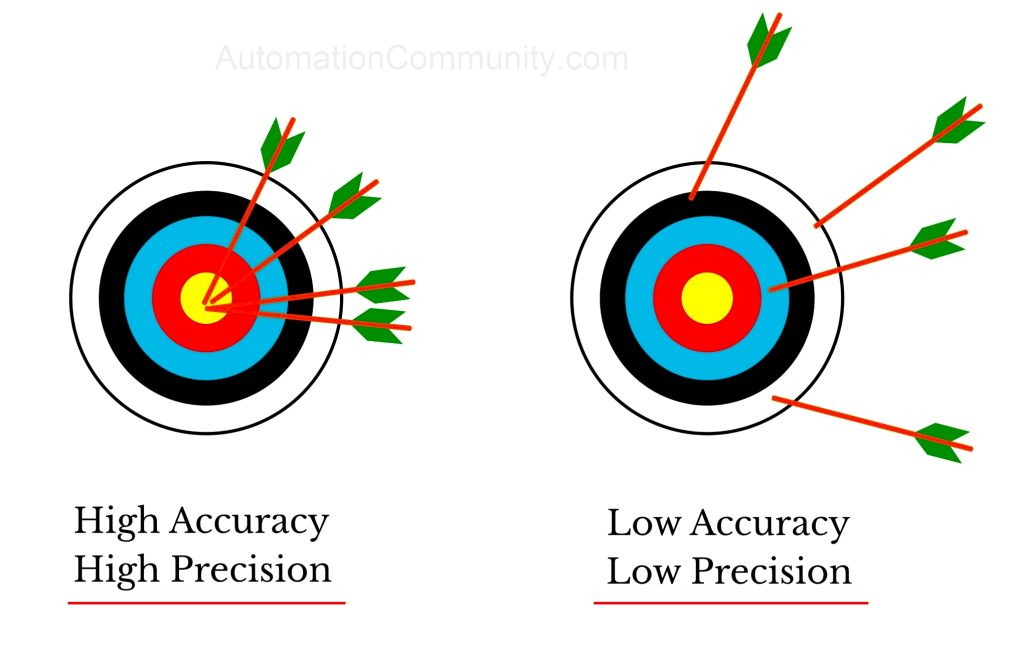Timekeeping has undergone a remarkable evolution, transforming from rudimentary sundials to sophisticated atomic clocks. At the forefront of this evolution, the precision and accuracy of these devices have become subjects of immense interest within scientific discourse. This article aims to elucidate the comparative accuracy of traditional watches and atomic clocks, delving into the intricacies of each category while highlighting their respective functionalities, construction, and precision metrics.
The Fundamentals of Timekeeping
Before embarking on a detailed comparison, it is imperative to understand the foundational principles governing timekeeping devices. Watches, whether quartz or mechanical, embody a range of technologies designed for general timekeeping. Conversely, atomic clocks leverage the fundamental properties of atoms, specifically the vibrations of cesium or rubidium, to achieve an unparalleled level of precision. The underlying mechanisms that differentiate these timepieces are crucial for assessing their accuracy.
Types of Watches
Watches can primarily be categorized into mechanical, quartz, and smart technologies. Mechanical watches, powered by intricate gears and springs, offer a certain charm and craftsmanship. Their precision is contingent upon a range of factors, including environmental conditions, wear and tear, and the quality of materials used. Typically, a well-maintained mechanical watch can achieve an accuracy of within +/- 15 seconds a day.
Quartz watches revolutionized the timekeeping industry in the 1970s. They utilize a battery to energize a quartz crystal, which oscillates at a frequency of 32,768 Hz. This oscillation is converted into precise electrical pulses, ensuring a more consistent timekeeping experience. Most quartz watches maintain an impressive accuracy of +/- 15 to 30 seconds per month, marking a significant advancement over their mechanical counterparts.
Recent advances have given rise to smartwatches, which integrate technology and connectivity with traditional timekeeping. While their primary function is still timekeeping, they often rely on quartz-based mechanisms, further augmenting their accuracy. Nevertheless, smartwatches may occasionally suffer from variability due to software updates and connectivity issues.
Atomic Clocks: The Pinnacle of Precision
In stark contrast to watches, atomic clocks embody the zenith of timekeeping accuracy. These devices function based on the principle of atomic resonance. Specifically, cesium atomic clocks, which define the second in the International System of Units, operate at an astonishing frequency of 9,192,631,770 transitions per second. This property allows atomic clocks to achieve breathtaking precision, often accurate to within one second every 30 million years.
Rubidium atomic clocks, which are more compact and less expensive, also provide excellent accuracy, generally achieving precision of approximately one second per day. Advanced variations, such as optical lattice clocks, promise even greater accuracy, potentially reaching precision levels that could redefine our understanding of time measurement.
Comparative Analysis of Accuracy
When conducting a comparative analysis, it becomes evident that atomic clocks significantly surpass watches in terms of accuracy. While mechanical and quartz watches may maintain acceptable levels of precision for everyday use, they pale in comparison to the precision of atomic clocks. The factors contributing to this discrepancy include the fundamental operating principles, susceptibility to environmental influences, and mechanical tolerances.
For instance, quartz watches are susceptible to temperature variations that can affect their oscillation frequency. Mechanical watches face challenges from friction and gravitational influences that can cause deviations in timekeeping. Atomic clocks, however, are largely immune to these variances due to their reliance on atomic stability, thus providing a more reliable measure of time.
The Implications of Accuracy
The implications of this disparity in accuracy extend beyond mere timekeeping. Atomic clocks underpin numerous technologies essential to modern society. Global Positioning System (GPS) satellites, telecommunications, and scientific research all rely on the precision afforded by atomic clocks. The synchronization of these clocks is vital for ensuring accurate data transmission and navigation, highlighting the importance of precision in contemporary applications.
Moreover, the accuracy of atomic clocks contributes significantly to fundamental research in physics, including studies of general relativity and gravitational waves. The interplay between time measurement and these phenomena underscores the critical role that precise timekeeping plays in advancing scientific knowledge.
Conclusion
In summary, the comparison between the accuracy of traditional watches and atomic clocks starkly illustrates the advancements in timekeeping technology. While watches serve as practical timekeeping solutions, their precision does not rival that of atomic clocks. The supremacy of atomic clocks in accuracy—characterized by unparalleled precision and resistance to environmental factors—undoubtedly positions them as the gold standard in the realm of timekeeping.
As society continues to grapple with the complexities of time measurement, the need for accurate timekeeping will only intensify. This continuous pursuit of precision will undoubtedly spur innovations that further bridge the gap between traditional and atomic timekeeping technologies, shaping the future of our understanding of time itself.












